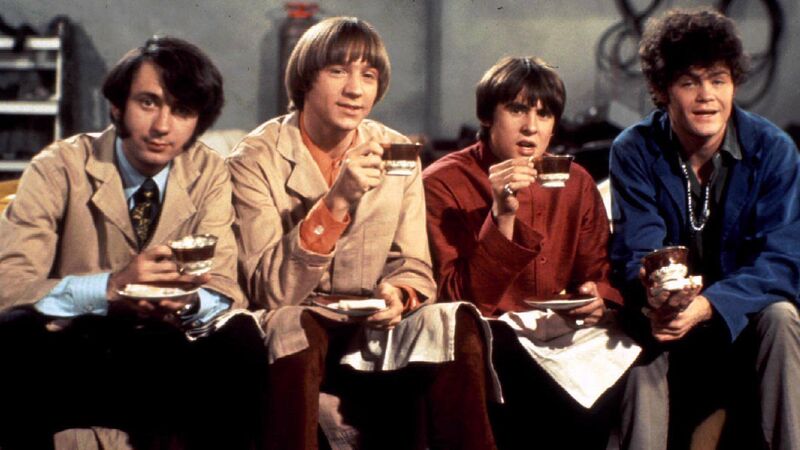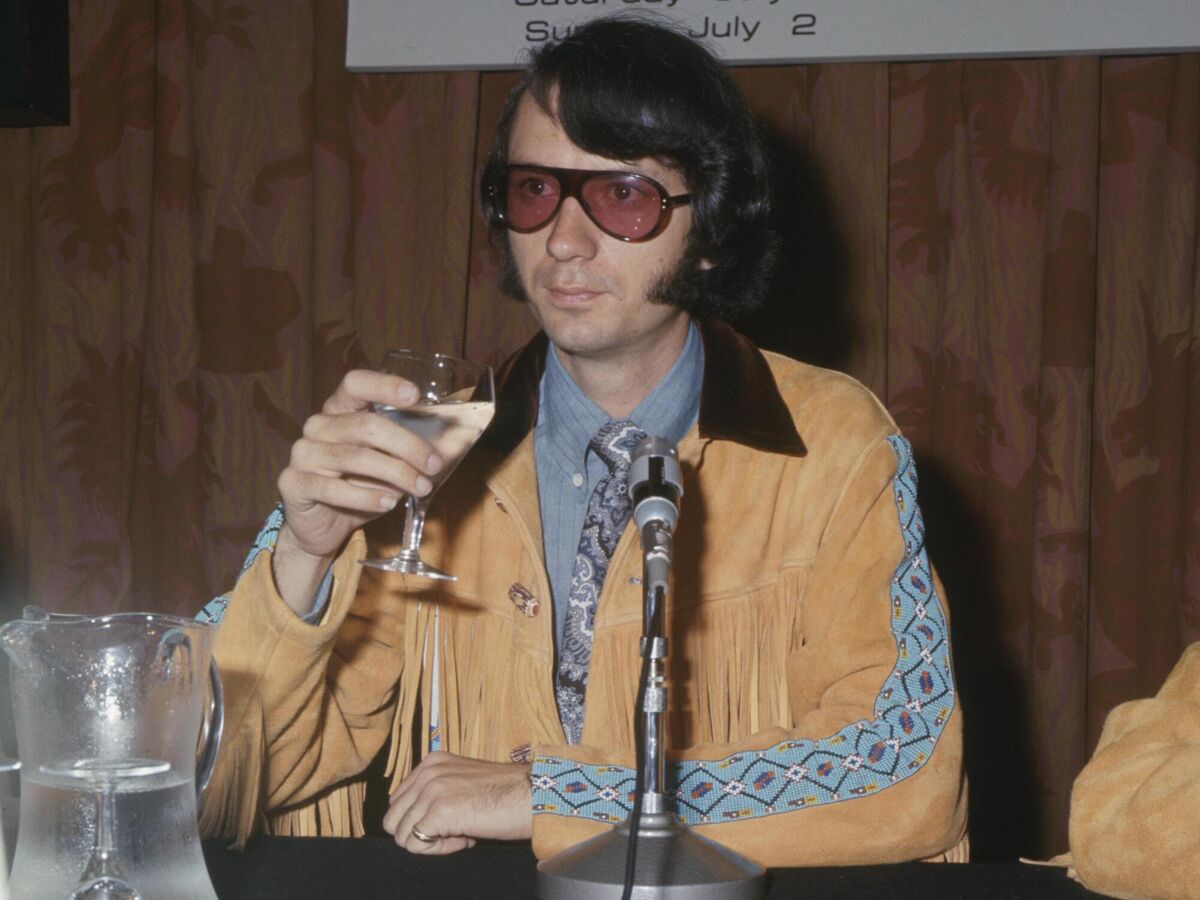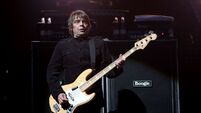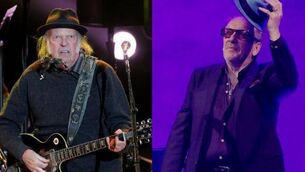Tom Dunne's Music & Me: I was a Daydream Believer in the magic of The Monkees

The Monkees (L-R): Mike Nesmith, Peter Tork, Davy Jones and Mickly Dolenz.
“Mike Nesmith, RIP.” Three simple words, but their utterance caused the heads of a generation to fall a little, their memories suddenly flooded with images of Ireland in the Sixties. At 5 30 PM each Saturday, the noisy child filled streets of the country would suddenly fall silent. It was time. The Monkees were on TV.
My sister reminded me, she had owned a woolly hat, similar to the one Mike had worn. He’d been her favourite. Saturday night’s dinner was a fry, her then favourite also. That meal, and The Monkees on TV, she remembers as the happiest of times. She is not alone. It was, as they say, the ‘very heaven'.
They were a manufactured band, they auditioned to join and were cast very much in the mould of ‘alternative Beatles'. The idea for the TV show came first, the idea of ‘releasable’ music very much second. It sounds cold and calculating but it became anything but.
The Monkees were the sum of both their times – the era of peak optimism – and their many parts – TV producers, song and scriptwriters, musicians- that made them whole. It may have been conceived as a business idea, but there was a magic, a serendipity to what followed, that may never be repeated.
The idea was to have a band who were like The Beatles in line-up, and certainly looks, but who were basically not good enough to make it. They would be lovable failures, like most of the bands you actually knew. What was not to like?
Don Kirshner, a divisive figure, was appointed musical director. A musical publisher of note, Kirshner had under contact, at various times, the songwriting talents of Carole King, Gerry Goffin, Neil Diamond, Neil Sedaka, Paul Simon and many, many more. Don, it could be said, knew a tune when he heard it.
He employed for this project Tommy Boyce and Bobby Hart who immediately contributed The Theme to the Monkees and Last Train to Clarkesville. Incredibly, unhappy that the pair were using his studio time to record their own songs, he elbowed them out before the second album.
It was this album, More of The Monkees, that would be the making of the band and marked the point at which interest in their music far outstripped interest in the TV show. It was on this album he brought in the full weight of his song writing stable, with songs from Goffin, King and notably, Neil Diamond.
It is Diamond’s songs that most stand out. It is their inclusion that lifts The Monkees from the realm of TV manufactured band to a band who can be discussed, however briefly, in the same breath as The Beatles and The Stones.

Diamond was at the time a struggling, indeed starving songwriter. But crucially, he was of their generation. Only three months older than John Lennon, when he picked up a guitar to write I’m a Believer, A Little Bit Me, a Little Bit You or Look Out (Here Comes Tomorrow), he was writing songs every bit as integral to the age as anything on Rubber Soul.
This imbued The Monkees with the kind of authenticity that was critical to helping them connect with that Sixties generation. They were songs from the pen of a man who on another day would write the incredibly, Solitary Man. It was not quite that Lennon-esque, Help-like grit but it had subtle depth. It was superior '60s pop.
People sometimes say of manufactured bands that it is music for teens, performed by people in their 20s, written by people in their 30s, produced by people in their 40s and managed by people in their 50s. There is much truth in this, and with each decade some kernel of integrity within the music is dissipated.
That didn’t happen with The Monkees. Youthful writers and youthful performers captured a brief moment of the Sixties transient magic. More of The Monkees is still one of the biggest selling albums of all time.
Mike was a folk musician before the band and returned to that, and possibly inventing MTV, afterwards. He had much success but two songs are particularly sublime. Rio, a song about a man who may or may not go down to Rio, and Different Drum.
Different Drum launched Linda Ronstadt’s career, but check out the version by PP Arnold. It is one of the true greats. RIP, Mike and thank you, from towns all over Ireland.





